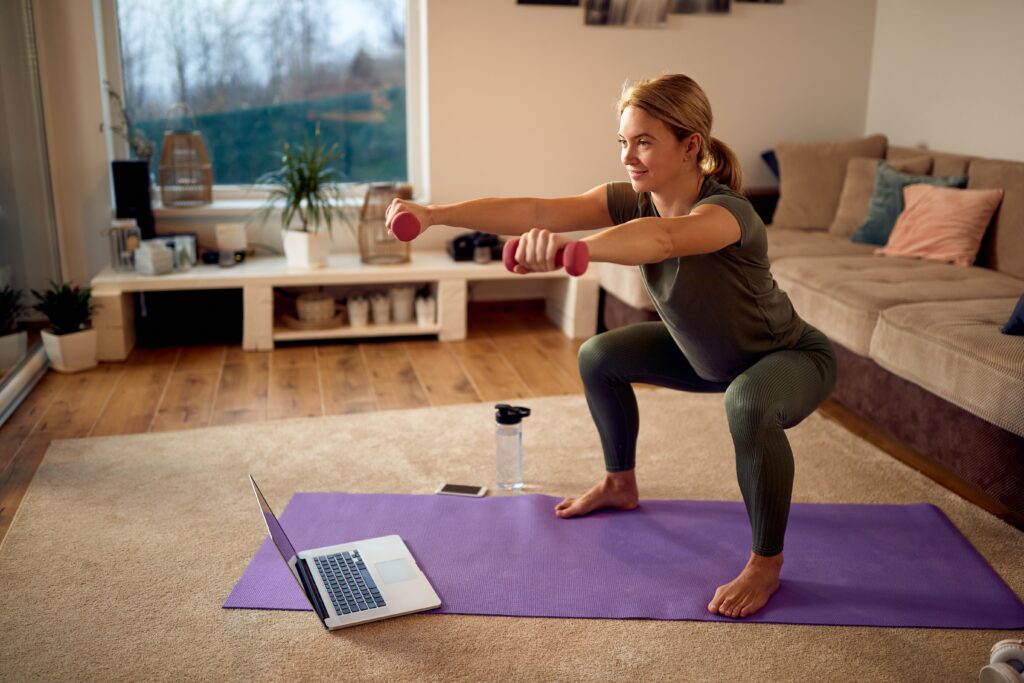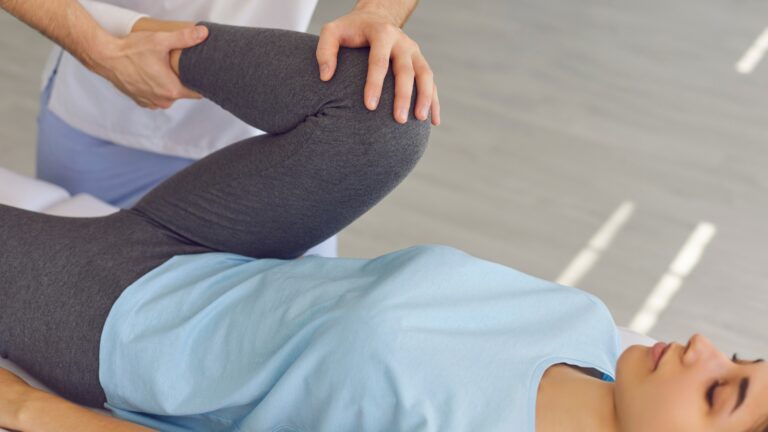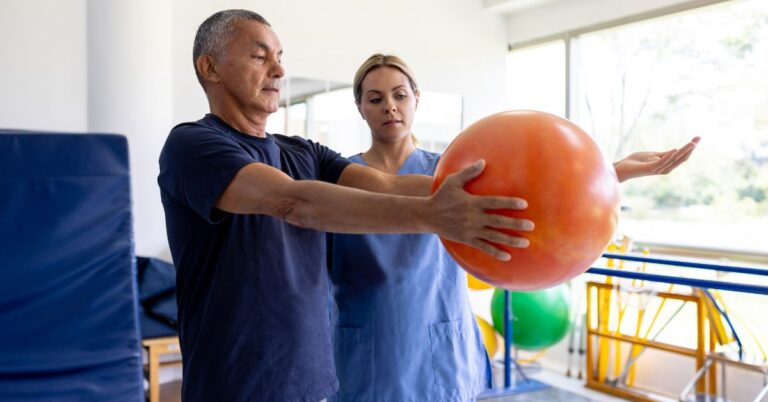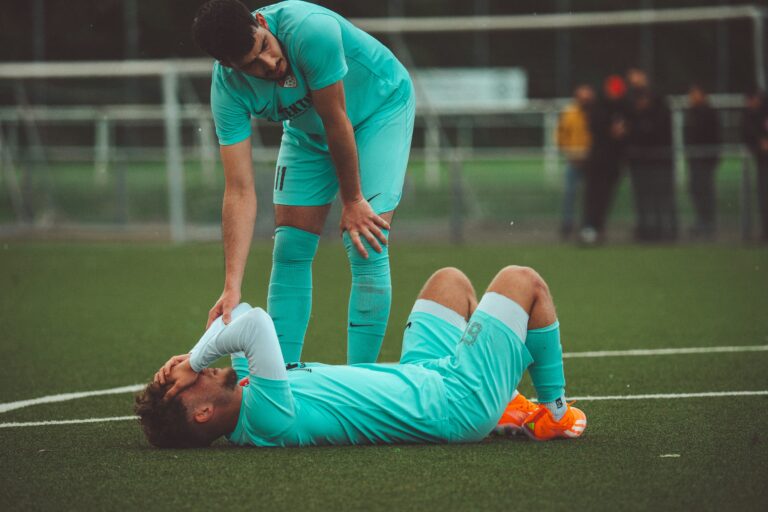Simple Balance Exercises You Can Try at Home
Feeling unsteady while walking, bending over, or even standing still can be frustrating and sometimes frightening. For many people, dizziness and balance issues stem from problems in the vestibular system — the part of the inner ear that controls balance and stability. The good news? You can improve your balance and reduce dizziness with simple, safe balance exercises vestibular therapists recommend — many of which can be done right at home.
Looking for professional support? Book an appointment with our team at Coquitlam Wellness Center and get a personalized vestibular rehabilitation plan today.

Looking for professional support?
Book an appointment with our team at Coquitlam Wellness Center and get a personalized vestibular rehabilitation plan today.
Why Balance Exercises Matter for Vestibular Health
Your vestibular system works hand in hand with your vision and muscles to keep you upright. When this system isn’t functioning properly, daily activities like walking across a room, climbing stairs, or bending to pick something up can feel challenging.
Practicing vestibular rehab exercises retrains your brain and body to work together again. Even simple at-home balance training can improve coordination, reduce dizziness, and help prevent falls.
Key Takeaways
- You can improve balance issues at home using simple exercises approved by physiotherapists
- Consistent practice of heel-to-toe walking and single-leg stance exercises helps strengthen your stability system
- Always prioritize safety by starting slowly and seeking professional help if symptoms persist or worsen
Essential Balance Exercises for Vestibular Rehabilitation
These four targeted balance exercises help retrain your vestibular system and reduce dizziness symptoms. Each exercise focuses on different aspects of balance control, from walking patterns to eye-head coordination.
1. Heel-to-Toe Walk for Stability
This classic balance exercise improves walking steadiness.
How to do it:
- Stand in a hallway or clear space.
- Place your right heel directly in front of your left toes, forming a straight line.
- Look straight ahead, not down at your feet.
- Take slow, steady steps forward for 10–15 steps.
Tips:
- Perform 2–3 sets daily.
To progress, close your eyes briefly or try walking on a soft surface. - Always practice near a wall for safety.
2. Single-Leg Stance for Strength
This at-home balance training move targets the muscles that keep you upright.
Steps:
- Stand near a sturdy chair or counter.
- Lift one foot about six inches off the ground.
- Hold your balance for 10–30 seconds.
Progression:
- Week 1: 10–15 seconds
- Week 2: 20–30 seconds
- Week 3+: 30–60 seconds
To make it harder, close your eyes or slowly turn your head while holding.
3. Gaze Stabilization for Dizziness
If you struggle with spinning or visual blurriness, these dizziness exercises Coquitlam physiotherapists often prescribe can help.
How to do it:
- Sit comfortably with your thumb at arm’s length.
- Focus on your thumbnail.
- Slowly turn your head side to side while keeping your eyes locked on your thumb.
Parameters:
- Duration: 1–2 minutes
Frequency: 3 times daily
This exercise improves coordination between your eyes and inner ear.
4. Toe Stand for Ankle and Calf Strength
Strong ankles are essential for balance.
Steps:
- Stand with feet hip-width apart, hands resting on a chair.
- Rise onto your toes, lifting your heels off the floor.
- Hold for 5–10 seconds before lowering slowly.
Work up to 10–15 repetitions per set. As you gain confidence, reduce your reliance on support.
Safety, Progression, and When to Seek Professional Help
Following proper safety steps and knowing when to get help make your balance training more effective. Building up your exercises slowly while creating a safe space protects you from falls and injury. Follow these guidelines:
- Clear clutter and remove rugs before starting.
- Practice near a wall or sturdy counter.
- Wear non-slip shoes or go barefoot.
- Begin with short sessions of 5–10 minutes.
- Have someone nearby during your first week.
Safe Home Practice and Environment Tips
Clear your practice area of all furniture, rugs, and objects before starting. You need at least six feet of open space around you.
Always practice near a sturdy wall or counter. Keep one hand close to the surface for quick support if needed.
Never practice balance exercises when you feel:
- Dizzy or lightheaded
- Very tired
- Sick or unwell
- Taking new medications
Wear flat, non-slip shoes or go barefoot. Avoid socks on smooth floors! Good lighting helps you see clearly and stay steady.
Start with shorter sessions of 5-10 minutes. Your muscles and brain need time to adapt to balance training.
Have someone nearby during your first week of practice. They can spot you if you lose your balance or feel unsteady.
Progressing Your Balance Training Effectively
Begin each exercise with eyes open and both hands free for balance. Hold positions for 10-15 seconds at first.
Week 1-2: Practice basic stands with support nearby Week 3-4: Try closing your eyes for 5-10 seconds Week 5-6: Add head movements or arm reaches
Increase your hold time by 5 seconds each week. Most people can work up to 30-60 second holds safely.
Add challenge only when you feel steady. Moving too fast leads to falls and setbacks.
Track your progress in a simple notebook. Write down how long you held each position and how you felt.
Role of Strength and Core Muscles in Balance
Strong core muscles form the base of good balance. Your deep belly muscles, back muscles, and hip muscles all work together.
Core exercises that help balance:
- Modified planks (on knees)
- Seated marching
- Standing pelvic tilts
- Wall sits
Practice strength training 2-3 times per week alongside balance work. Even light resistance helps build the muscles you need.
Your ankle muscles also play a huge role in staying upright. Try standing on your toes or rocking heel-to-toe to build ankle strength.
Physical activity like walking builds leg strength naturally. Strong legs give you more control when you start to wobble.
Balance and coordination improve faster when you combine them with regular strength work.
Recognizing When to Visit a Physiotherapy Clinic
Some balance problems need professional help from a trained therapist. Don’t wait if your symptoms get worse or don’t improve.
See a clinic if you have:
- Falls or near-falls despite practicing
- Spinning sensations that won’t go away
- Balance problems lasting more than 2 weeks
- Hearing changes with dizziness
- Severe headaches with balance issues
A physical therapist can test your inner ear function and create a custom plan. They have special tools and tests that show exactly what’s causing your balance problems.
Professional vestibular rehab exercises target your specific type of dizziness. Home exercises work great for mild issues, but complex problems need specialized care.
Contact a Coquitlam clinic if your dizziness exercises at home aren’t helping after one month of consistent practice.
👉 Don’t wait if dizziness is limiting your daily life. Book your vestibular physiotherapy appointment in Coquitlam today.




